GEAFOL – cast-resin transformer
The Siemens’s transformer GEAFOL principle has succeeded in producing transformers with excellent electrical, mechanical and thermal characteristics, which have also proved to be particularly compatible with the environment. GEAFOL transformers are insulated with an epoxy resin/quartz powder mixture. This is… Read more
May 27, 2011 | By Edvard Csanyi

TRIHAL – Dry type cast resin HV/LV transformer
Trihal is a three-phase dry type transformer cast under vacuum in epoxy resin with an active filler. It is this active filler, essentially composed of trihydrated alumina, which is the origin of the Trihal trademark. The magnetic core is made… Read more
May 22, 2011 | By Edvard Csanyi

Where to put transformer?
With electric wires being strung at the tops of poles to keep them out of the reach of the general public, it is obvious that transformers would be hung on the same poles, as close as possible to the high-voltage… Read more
May 02, 2011 | By Edvard Csanyi

Change output voltage of transformer with taps
Most power transformers have taps on either primary or secondary windings to vary the number of turns and, thus, the output voltage. The percentage of voltage change, above or below normal, between different tap positions varies in different transformers. In… Read more
Apr 20, 2011 | By Edvard Csanyi

Current transformers (CTs) in a few words
A current transformer is defined as as an instrument transformer in which the secondary current is substantially proportional to the primary current (under normal conditions of operation) and differs in phase from it by an angle which is approximately zero… Read more
Mar 18, 2011 | By Edvard Csanyi

How to choose transformer rating?
When an installation is to be supplied directly from a MV/LV transformer and the maximum apparent-power loading of the installation has been determined, a suitable rating for the transformer can be decided, taking into account the following considerations: The possibility… Read more
Mar 12, 2011 | By Edvard Csanyi

Transformer Winding Temperature Thermometer
These devices are supposed to indicate hottest spot in the winding based on the manufacturers heat run tests. At best, this device is only accurate at top nameplate rated load and then only if it is not out of calibration…. Read more
Feb 25, 2011 | By Edvard Csanyi

Risk and Consequences Of Transformer Fire
The risk of a catastrophic fire with a properly inspected, tested, and maintained transformer is small. Proper maintenance and thorough testing of the transformer will prevent or detect many events that could lead to explosion and/or fire. However, unforeseen events… Read more
Feb 07, 2011 | By Edvard Csanyi

How To Connect Current Transformers?
The primary of a current transformer typically has only one turn. This is not really a turn or wrap around the core but just a conductor or bus going through the “window.” The primary never has more than a very… Read more
Jan 29, 2011 | By Edvard Csanyi
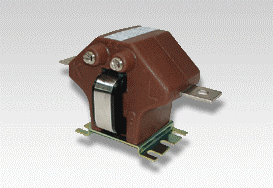
Price Of A Transformer
Today the production of transformers is characterised by a large variety of designs, manufactured in relatively short batches to meet the demands of a variety of customers with ever-changing expectations. Of course, fluctuations in commodity prices have a significant effect…. Read more
Jan 26, 2011 | By Edvard Csanyi
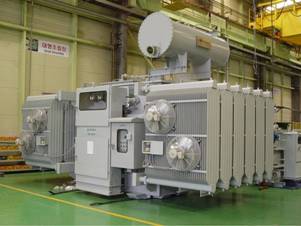
What Are Partial Discharges On Cast Resin Transformers?
Partial discharges are electrical discharges occuring in insulating materials. The electrical discharge’s path only spans part of the insulating distance separating the conductors. The problem of partial discharges, whilst not existing in Low Voltage, is found in High and Very… Read more
Jan 17, 2011 | By Edvard Csanyi

NEMA TP1 Energy Efficiency Standard
Most commercial and industrial facilities require several low-voltage transformers to decrease the voltage received from the utility to the voltages used by various loads such as lighting, computers and other electrically operated equipment. Standard transformers convert approximately 95% of the… Read more
Jan 08, 2011 | By Edvard Csanyi
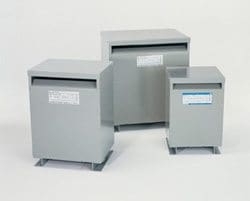
Transformer Losses Standards
Unlike many countries around the world, Europe has no mandatory standard on energy efficiency of distribution transformers. The two main documents which describe losses in transformers are: the European Standard EN 50464-1, which has superseded the harmonised document HD428 for… Read more
Jan 07, 2011 | By Edvard Csanyi
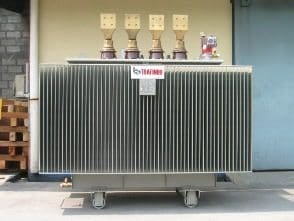
Parallel Operation Of Transformers
Most transformers installed in parallel have the same kVA, turn ratios, and impedances, which can make it difficult for power engineers in industrial and commercial facilities to understand circulating currents and load sharing. As systems change over time, and transformers… Read more
Jan 05, 2011 | By Edvard Csanyi
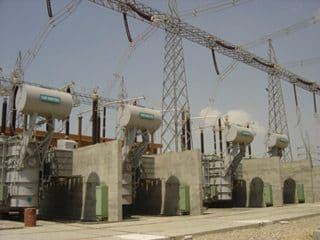
Types and Origins of Substation Fires
The risk of fire in substations has been historically low, but the possible impacts of a fire can be catastrophic. Fires in substations can severely impact the supply of power to customers and the utility company’s revenue and assets. These… Read more
Dec 26, 2010 | By Edvard Csanyi


